
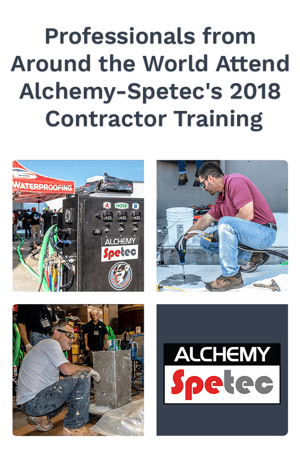
Hopefully these tips on overcoming obstacles on remote job sites will be of assistance on your next out-of-the-way project. At one point I had the opportunity to advise a customer who was repairing pipe penetrations of aerial manholes along a drainage basin in SW Atlanta. Aerial manholes are typically found in low spots next to creeks and rivers. They are usually connected by steel or ductile iron sewer pipes that are above ground and thus, so are the penetrations.
The conditions of the job site were unique as there was no access to the individual manholes except by foot. This particular project covered a winding 1-1/2 miles through ravines and involved several crossings of the stream. The goal was to seal the 18” and 22” pipe penetrations that were leaking raw sewage down the faces of the manholes located along the creek. In this report I will let you know how we got started in preparation for the unique set of challenges this project presented.
First of all, a thorough evaluation of a remote job site must be undertaken. This should be done prior to submitting a bid, but it should also be done again with an extra set of eyes prior to commencing the work. Then create a plan and a master list of what you will need:
- Consider all of the possibilities of how to mobilize; where can you set up the nearest base camp for your trucks and supplies.
- What tools or alternative tools can be used to get the job done; realize there are certain conveniences you're not going to have, like generators and air compressors, and find alternative methods.
- Select the right Leak Seal materials to get the job done such as AP Seal 500, AP Fill 700 and activated oakum.
- Prepare a good safety plan. We experienced rugged terrain, snakes, bees, ticks, extreme heat, downpours, and lightning. Think about how to protect your people, your materials, and your gear. Make sure to have first aid and hydration available on site and at the base camp.
- Have a communication plan – make sure you have reception between the job site and the base camp. If cell phones don't work then bring walkie talkies. Have someone at the base camp to watch gear, to get supplies when necessary, and to be available for help in case of an emergency.
- Be prepared to clean up your job site with respect for the environment. If you haul it in, be ready to haul it out.
- Last of all, choose the right people for your crew. Think carefully, because these kinds of jobs are not for timid or easily discouraged personality types.
In my next post I will go into detail on the procedures and tools we used to stop the leaks through a combination of polyurethane injection and activated oakum.



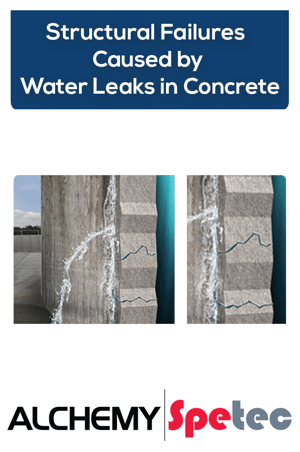


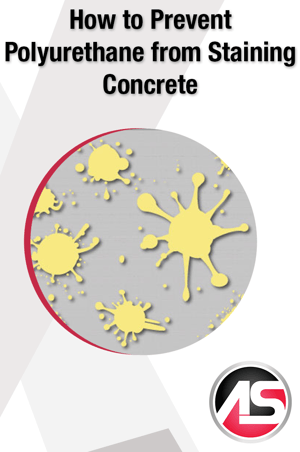



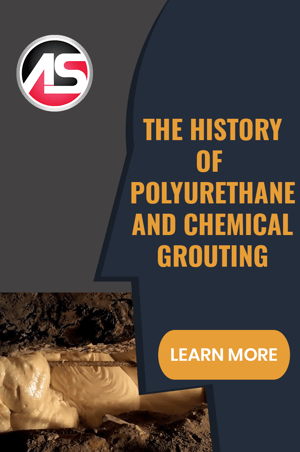 After three decades in this industry, I still find myself in awe of what polyurethane foam can do. From sealing massive dam leaks to stabilizing airport runway slabs to lifting entire buildings – the feats contractors achieve with this stuff is astonishing. Yet some people who are new to this technology have a hard time understanding how a mere “foam” can be ideal for these most demanding of applications. Or maybe they wonder how safe it is.
After three decades in this industry, I still find myself in awe of what polyurethane foam can do. From sealing massive dam leaks to stabilizing airport runway slabs to lifting entire buildings – the feats contractors achieve with this stuff is astonishing. Yet some people who are new to this technology have a hard time understanding how a mere “foam” can be ideal for these most demanding of applications. Or maybe they wonder how safe it is. 
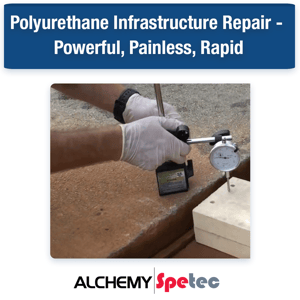 In a recent media interview, I was quoted as follows: “Ultimately, the customer is the property owner, somebody who’s got a problem. Even though we’re selling to contractors, we kind of all have to be on the same page.” That view has motivated us to pay close attention to what contractors, engineers AND property owners are most concerned about regarding the use of polyurethane. Over the years, we’ve noticed three main questions that arise over and over again:
In a recent media interview, I was quoted as follows: “Ultimately, the customer is the property owner, somebody who’s got a problem. Even though we’re selling to contractors, we kind of all have to be on the same page.” That view has motivated us to pay close attention to what contractors, engineers AND property owners are most concerned about regarding the use of polyurethane. Over the years, we’ve noticed three main questions that arise over and over again:
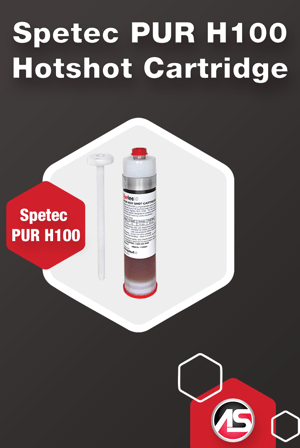 The
The 
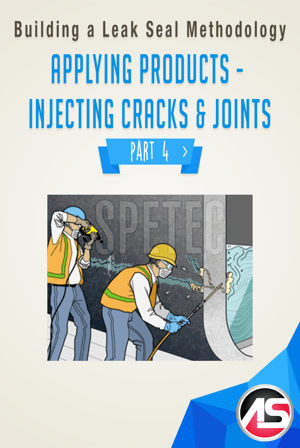 Chemical grouts are commonly injected into leaking cracks and joints to stop the flow of water, sealing off cracks and filling voids. This procedure can be performed in both wet and dry situations, in potable water or wastewater tanks, and in a variety of other structures where water is leaking.
Chemical grouts are commonly injected into leaking cracks and joints to stop the flow of water, sealing off cracks and filling voids. This procedure can be performed in both wet and dry situations, in potable water or wastewater tanks, and in a variety of other structures where water is leaking.

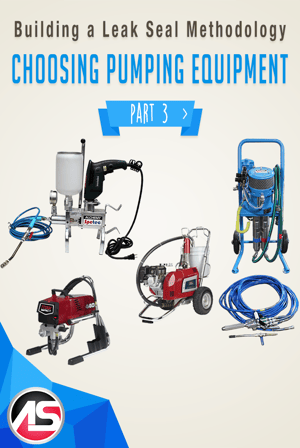 Once the material is selected, an appropriate piece of equipment must be selected for dispensing the material. For most polyurethane injection resins,
Once the material is selected, an appropriate piece of equipment must be selected for dispensing the material. For most polyurethane injection resins, 